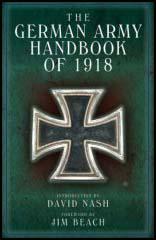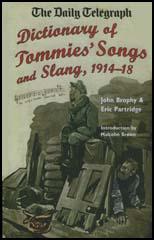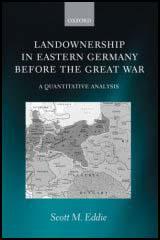Spartacus Review
Volume 15: 24th March, 2008
First World War

Title: The German Army Handbook of 1918
Author: Deryck Schreuder
Editor:
Publisher: Frontline Books
Price: £19.99
Bookshop: Amazon
Spartacus Website: German Army
Category:
Compiled by British Intelligence, for restricted official issue by the General Staff, "German Army Handbook", April 1918, is a comprehensive assessment of the German Army during the latter stages of the First World War. Illustrated throughout with plates, diagrams, charts, tables and maps, it provides a detailed breakdown of the army, covering all aspects from recruiting and training, mobilization, command and organisation, weapons and signals to transportation, medical and veterinary services, and uniform. There are also two maps, showing Army Corps Districts, and Zones of Administration and Lines of Command in June 1917.The events of 1914 transformed the armies of Europe, and made much of the information contained in the amended 1912 handbook worthless. The emergence of trench warfare created conditions in which the traditional concepts of offence and defence had little meaning. Within a few months battle conditions had created a situation in which pre-war intelligence publications had only little relevance. "The German Army Handbook", April 1918 was a remarkable achievement. It provides solutions to many questions that histories of the First World War and accounts of its battles are unable to answer. It shows how the static conventions of trench warfare usurped the traditional role of cavalry, and how the German Army were able to take advantage of the dominance of the machine-gun on the Western Front in 1915.

Title: Dictionary of Tommies' Songs and Slang
Author: John Brophy & Eric Partridge
Editor:
Publisher: Frontline Books
Price: £19.99
Bookshop: Amazon
Spartacus Website: Soldiers
Category:
During the First World War the British soldiers were renowned for their chirpy songs and plucky sayings. Indeed nothing would lift the spirits of the often exhausted and demoralized troops more than a hearty singalong. These cheery and at times ribald and satiric songs and sayings have been collected together to give a fascinating insight into the more light-hearted side of trench life. The songs include marching tunes, songs for billets and rude chants for when no commanding officer was present. Each song is accompanied by a short passage that traces the origins of the melody and accounts for lyrical alternatives. There is also a large glossary of soldiers' slang words and phrases, revealing the Tommies' vocabulary in all its bawdiness. "The Daily Telegraph - Dictionary of Tommies' Song and Slang" reveals the courage, gaiety and astringent cynicism with which men armed themselves against the horrors of trench warfare.

Title: Landownership in Eastern Germany Before the Great War
Author: Scott M. Eddie
Editor:
Publisher: Oxford University Press
Price: £65.00
Bookshop: Amazon
Spartacus Website:
Category:
The big landlords of eastern Germany have loomed large in the country's history, but the absence of official statistics on landownership has left their position and identity confined to folklore, without satisfactory quantification. This study, making extensive use of primary sources from the seven 'core provinces' of eastern Germany-the so-called 'East Elbian' region-establishes answers to questions pivotal to our understanding of pre-war Germany: who were the biggest landowners, both by area and by the tax assessment of their land? Which social groups held land? How much land did they own and where? How did this change, especially during the last decades before the Great War? Professor Eddie demonstrates that most of the inroads into landownership by the bourgeoisie had already been made by the mid-1850s, perhaps even before the mid-1830s. However, one of the most interesting findings in this study is that, despite rapid industrialization after 1880, there was a net exodus of the nouveaux riches from the ranks of large land owners. On the eve of war, the largest landowners were the Prussian state, the royalty, and the higher nobility. Meticulously researched and thoroughly documented, this book will be the benchmark for all future work in this area.
